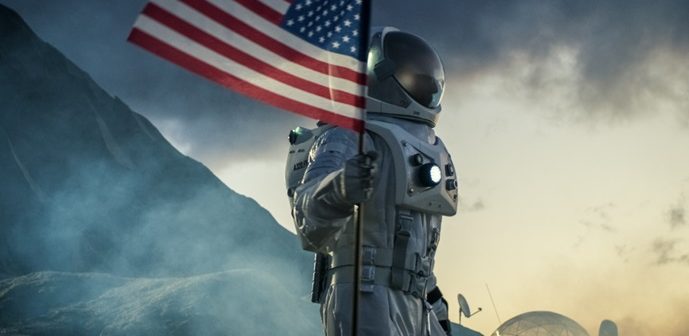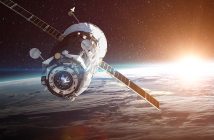
Written by staff writer.
The US Space Command says it is at full operational capability four years after its establishment. General James Dickinson, Space Command Commander, confirmed the status in an address to his troops last week.
“US Space Command has been singularly focused on delivering exquisite capability to the joint force to deter conflict, defend our vital interests, and, if necessary, defeat aggression,” said Dickinson. “I can confidently say we have reached full operational capacity.”
Dickinson’s combatant unit, one of only 11 across the US military, is charged with defending US space interests. “For over half a century, space power has provided the US with an important strategic advantage,” US Space Command’s website reads. “Space is a vital interest that is integral to the American way of life and national security.”
Specifically, the US Space Command plans, executes, and integrates military spacepower into multi-domain global operations. Its turf is the expanse 100 kilometres plus above sea level. Among its roles are responsibility for missile defence in space.
Dickinson says the challenges in space have increased in recent years. “Both China and Russia are fielding counter space capabilities designed to hold the US, Allied, and partner space assets at risk,” he said, adding that North Korea and Iran are in the early stages of developing their space capabilities. Nonetheless, Dickinson told the circa 1,200 people who make up the command that they were now in a position to do what needed to be done “on our worst day, when we are needed the most.”
Unlike the US Space Force, which is a military service like the Army or Navy, Space Command is a unified combatant force like the Indo-Pacific Command or European Command. Space Command’s role is to direct military operations in space and protect US national interests, such as satellites.
“Challenges to a safe, secure, stable, and sustainable space command have significantly increased,” said Dickinson. Among the smallest of the US military commands, Space Command’s USD400 million annual budget is chump change when compared to overall yearly US military spending. However, it dwarfs its Australian counterpart, even when adjustments are made for population differences.
Australia’s Defence Space Command, an arm of the Royal Australian Air Force, was stood up by then Defence Minister and now Opposition Leader Peter Dutton in April 2022. “It brings members of Air Force, Army, Navy and the Australian Public Service together under an integrated headquarters reporting to the Chief of Air Force, as the Space Domain Lead,” its website reads.
Last week, Air Vice-Marshal Cath Roberts officially handed over command of Defence Space Command to Major General Greg Novak. Defence Space Command is far less mature than its US peer, a function of time, funding, and the current Australian Government’s disinterest and disengagement with space. Roberts says Defence Space Command is still in its “foundational” stage and yet to segue into the “evolve” stage. Other than terrestrial bureaucratic maneuvering, the RAAF statement marking the command handover did not mention a single meaningful Defence Space Command outcome obtained during Robert’s command.
Meanwhile, Dickinson’s speech did highlight some notable outcomes, albeit not relating to armed conflict. Defense-approved operational plans for space and Space Command’s participation in tier-1 exercises with other US military commands are among the achievements. Australia’s Defence Space Command continues to distribute the period weekday-only press release.





